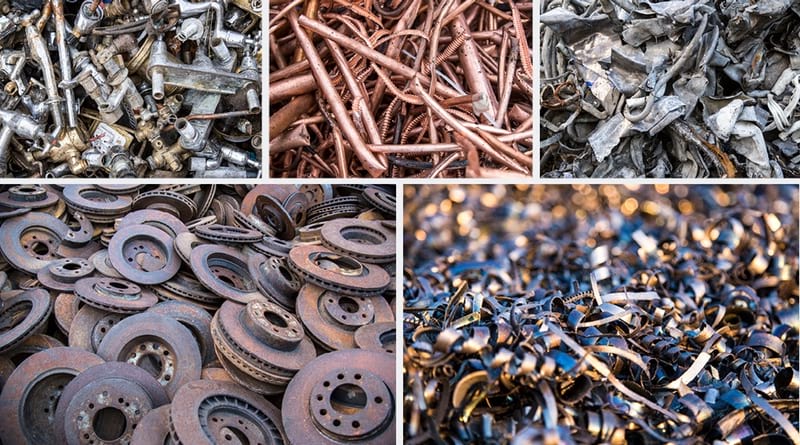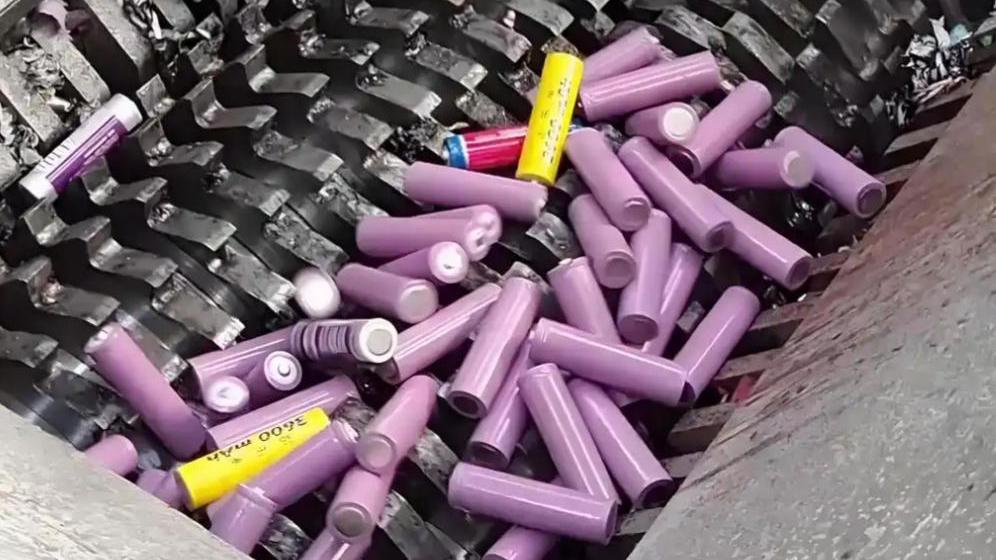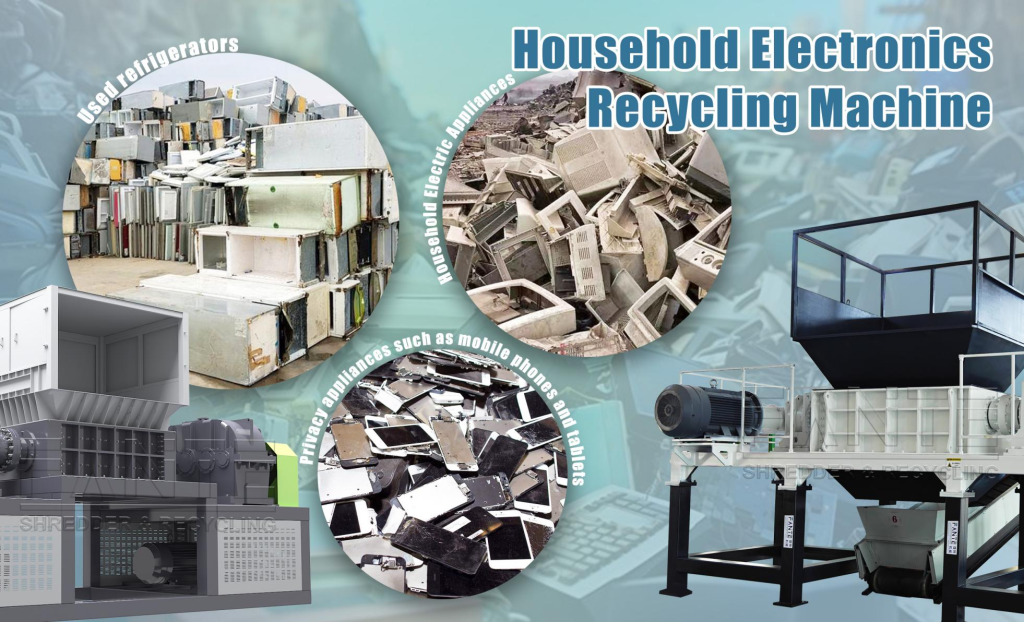How does the waste PCB recycling equipment works?
Scrap PCB recycling equipment mainly recovers valuable materials from discarded printed circuit boards (PCBs) through mechanical and chemical processes while minimizing the impact on the environment. The following is the basic working process of scrap PCB recycling equipment:
PCB Recycling: Classification, Crushing, and Recovery Methods
Recycling printed circuit boards (PCBs) is essential for retrieving valuable materials and reducing electronic waste. The process combines classification, crushing, mechanical separation, and chemical treatment to efficiently recover metals and non-metallic components. Here’s a detailed look at how scrap PCB recycling works.
1. Classification and Crushing
- Classification: Before processing, scrap PCBs are classified by type and size to ensure effective separation during later stages.
- Crushing: Once classified, PCBs are crushed into smaller pieces to facilitate further processing and material separation.
2. Mechanical Separation Techniques
- Crushing, Grinding, and Screening: Mechanical processes like crushing, grinding, and screening separate various PCB components.
- Gravity, Magnetic, and Eddy Current Separation: Physical principles such as gravity, magnetism, and eddy currents are used to recover metals like copper, aluminum, and iron from non-metallic materials.
3. Chemical Treatment Methods
- Chemical Dissolution: Valuable metals, including gold, silver, and palladium, are dissolved using chemical solvents or acids in methods like leaching.
- Selective Dissolution: Specific metals can be selectively dissolved without affecting other materials in the PCB, improving recovery efficiency.
4. Electrolysis for Metal Recovery
- Electrolysis Process: Metals like copper are recovered through electrolysis by passing an electric current through the solution obtained from chemical treatment, causing the metals to deposit on electrodes.
5. Purification and Refining
- Electrolytic Refining: Metals are further purified using electrolytic refining, increasing their purity and removing impurities.
6. Material Recovery
- Metal Recovery: Recovered metals are reused or sold to manufacturers for the production of new electronic components or other products.
- Non-Metallic Material Recovery: Non-metallic materials can be reused or recycled through alternative methods to minimize waste generation.
7. Environmental Considerations in PCB Recycling
- Waste Treatment: Measures are taken to handle and dispose of hazardous chemicals and waste properly, minimizing environmental impact.
- Emission Control: Emissions of waste gas and wastewater are controlled to ensure compliance with environmental regulations during the recycling process.
Conclusion
Scrap PCB recycling equipment integrates mechanical, chemical, and electrolysis processes to effectively recover valuable materials from electronic waste. This approach not only recovers precious metals but also contributes to environmental protection by reducing the harmful effects of waste disposal.




